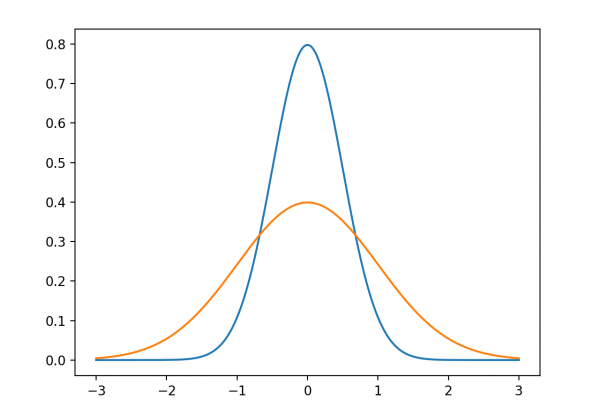A Gentle Introduction to Calculating Normal Summary Statistics

Last Updated on August 8, 2019
A sample of data is a snapshot from a broader population of all possible observations that could be taken of a domain or generated by a process.
Interestingly, many observations fit a common pattern or distribution called the normal distribution, or more formally, the Gaussian distribution. A lot is known about the Gaussian distribution, and as such, there are whole sub-fields of statistics and statistical methods that can be used with Gaussian data.
In this tutorial, you will discover the Gaussian distribution, how to identify it, and how to calculate key summary statistics of data drawn from this distribution.
After completing this tutorial, you will know:
- That the Gaussian distribution describes many observations, including many observations seen during applied machine learning.
- That the central tendency of a distribution is the most likely observation and can be estimated from a sample of data as the mean or median.
- That the variance is the average deviation from the mean in a distribution and can be estimated from a sample of data as the variance and standard deviation.
Kick-start your project with my new book Statistics for Machine Learning, including step-by-step tutorials and the
To finish reading, please visit source site